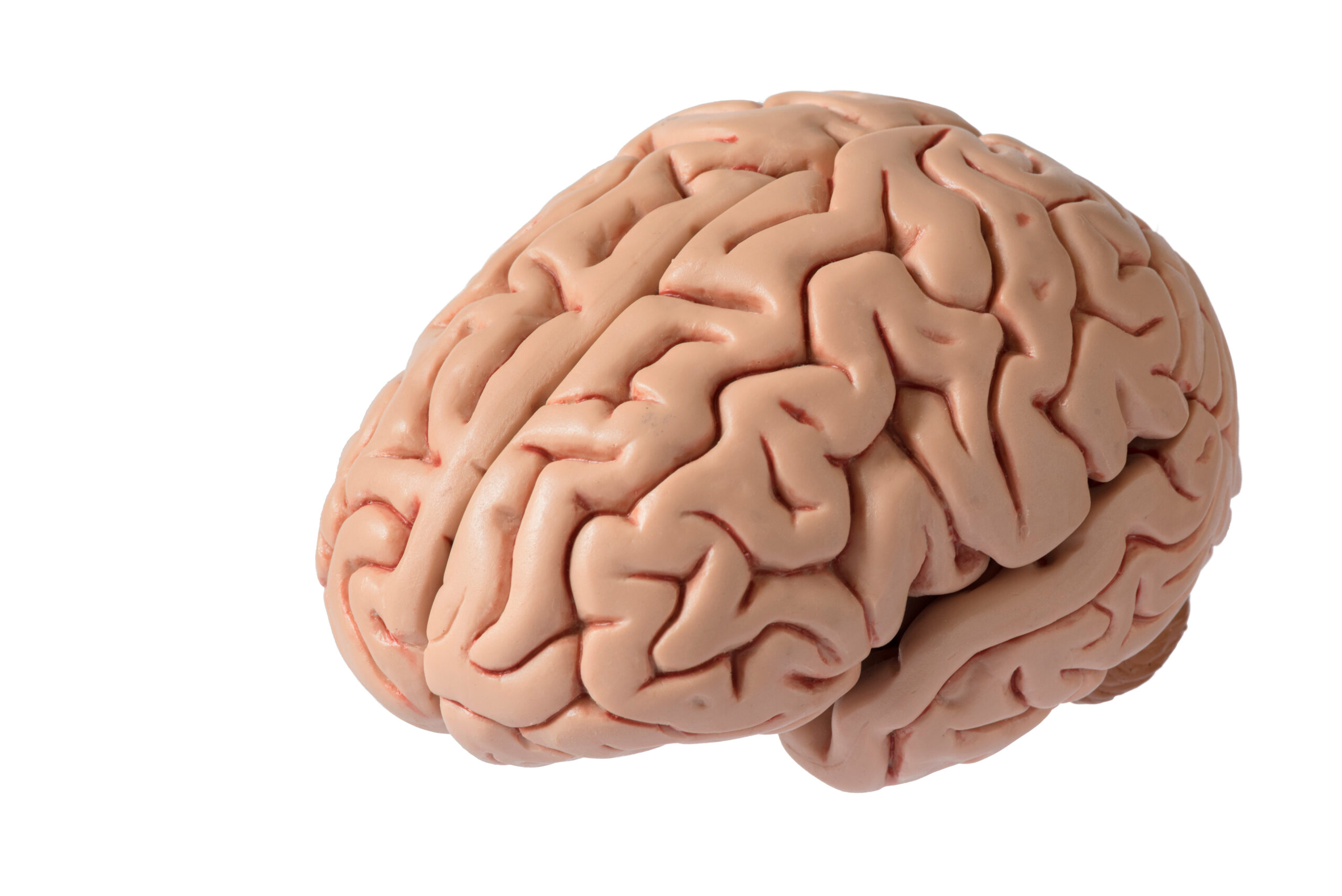The Overlooked Link Between Nostalgic Music and Memory Anchoring
### The Overlooked Link Between Nostalgic Music and Memory Anchoring
Nostalgic music has a unique ability to transport us back in time, evoking memories and emotions that we thought were long forgotten. But have you ever wondered why certain songs have such a strong pull on our memories? The answer lies in the way our brains process music and the concept of memory anchoring.
#### What is Memory Anchoring?
Memory anchoring is a psychological phenomenon where the first piece of information we receive about a topic influences our subsequent decisions and perceptions. This means that if we are given a specific piece of information early on, we tend to rely heavily on it when making judgments or recalling memories. For example, in a study on wine tasting, participants were told the price of the wine before tasting it. Those who were told the wine was expensive reported it tasted better, even though the taste was the same[2].
#### How Does Nostalgic Music Work?
Nostalgic music works in a similar way. When we hear a familiar song, it triggers a cascade of memories and emotions. The song becomes an anchor for those memories, making them feel more vivid and powerful. This is because music activates multiple areas of the brain, including those responsible for emotions, memory, and the reward system. When we hear a song, it releases dopamine, a chemical associated with pleasure and happiness, which reinforces the emotional connection to the memory[1].
#### The Power of Personal Soundtracks
Each song we listen to can become a personal soundtrack, marking significant moments in our lives. Whether it’s a song from our youth, a tune tied to a special moment, or an anthem from a particular time in our lives, music has the extraordinary ability to trigger emotions and reconnect us with the past. These songs act like snapshots in time, permanently inked in the pages of our lives. They remind us of where we were, what we were doing, and who we were with[1].
#### Why Some Songs Are More Nostalgic Than Others
Not all songs have the same nostalgic impact. It’s often the tracks tied to major life events that become more powerful over time. A song played at your wedding or one you listened to during a memorable holiday can become inseparable from those moments, forever linked to the emotions you felt. The music we listen to during our younger years tends to stick with us the most because those are the times when emotions are felt most intensely[1].
#### The Emotional Connection
Nostalgia isn’t just about longing for the past; it also brings comfort and a sense of belonging. In times of stress or change, reaching for a playlist filled with beloved songs can offer a sense of stability. These songs are like a warm blanket, offering reassurance and grounding us when we need it most. This emotional connection is what makes music such a powerful tool for nostalgia[1].
#### Creating Our Own Time Capsules
In today’s digital age, music is omnipresent. With just a few taps, we can curate playlists that speak to every part of our lives. Whether it’s a playlist for a long drive, one for a dinner party, or a collection of songs that played during pivotal moments, music lets us create our own time capsules. Streaming services like Spotify and Apple Music make it easier than ever to relive cherished memories, reigniting the nostalgia that music so effortlessly evokes[1].
#### Conclusion
Nostalgic music and memory anchoring are closely linked. When we hear a familiar song, it acts as an anchor for our memories, making them feel more vivid and powerful. This emotional connection is what makes music such a powerful tool for nostalgia. By understanding how our brains process music and the concept of memory anchoring, we can appreciate the magic of music even more. So next time you find yourself lost in a song, embrace the nostalgia. Allow yourself to be swept away by the melody, because in that





